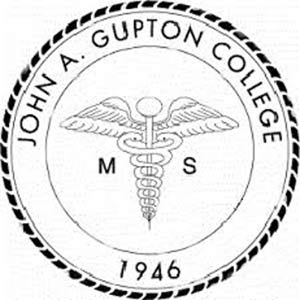The Beauty and Majesty of the Funeral
It was hard to miss. Over the last week the value, purpose and benefit of the funeral ritual was definitely hard to miss. The beauty and majesty of the funeral was witnessed by millions, and as we have said it was hard to miss. The inherent presence of ancient funeral wisdom was ever present, from …
